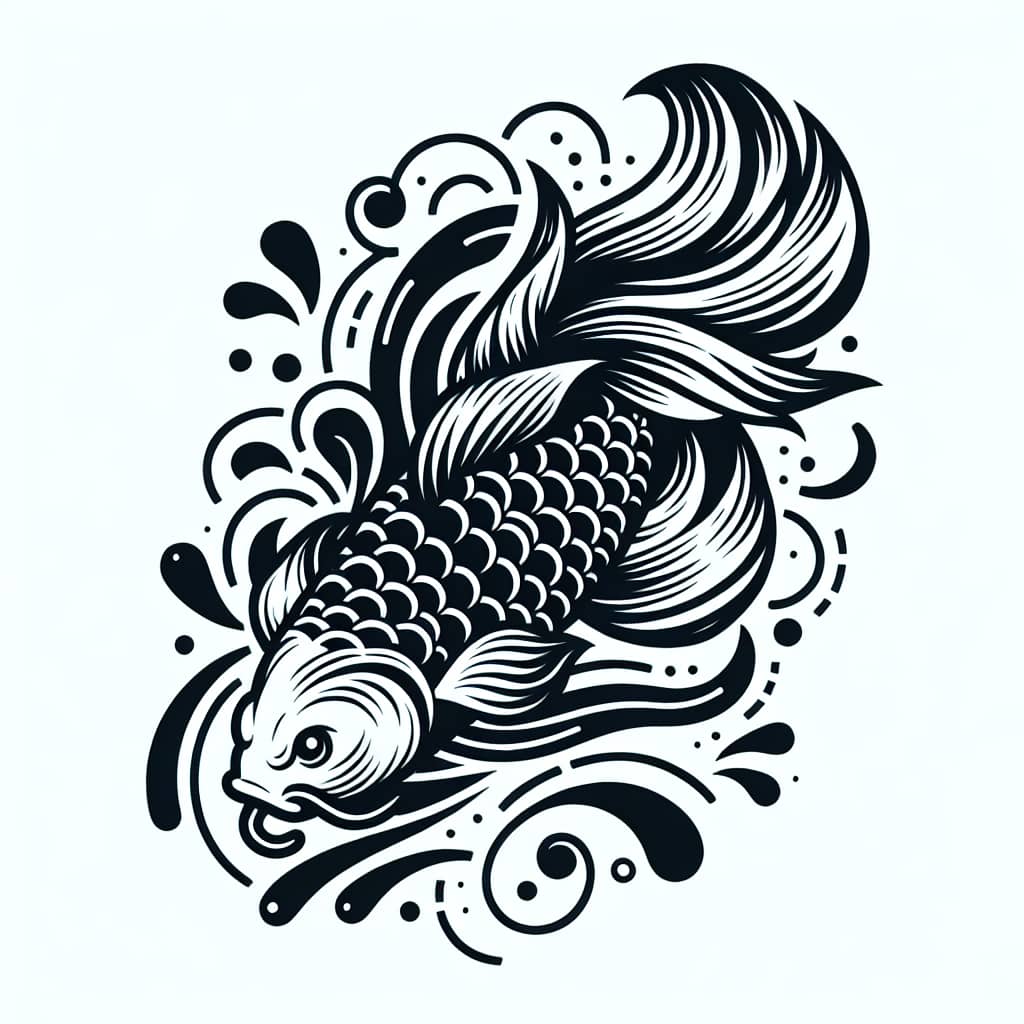
Japanese Tattoo
Japanese tattoos, known as "Irezumi," have long been a captivating form of body art, steeped in history, symbolism, and unparalleled beauty. From the bustling streets of Tokyo to the serene temples of Kyoto, the allure of Irezumi transcends borders, captivating tattoo enthusiasts and art lovers alike. This article delves into the rich tapestry of Japanese tattoos, exploring their cultural significance, artistic techniques, and the enduring appeal they hold in the modern world.
Historical Roots and Cultural Significance
The practice of Irezumi dates back centuries, with early forms appearing in the Jomon period (circa 10,000 BCE). However, it was during the Edo period (1603-1868) that Japanese tattoos gained widespread recognition. Initially, tattoos were used for various purposes, including identification, punishment, and spiritual protection. Over time, they evolved into a form of self-expression and artistic achievement.
In traditional Japanese society, tattoos were often associated with the Yakuza, the Japanese mafia, who used them as a means of displaying their status and allegiance. Despite this association, tattoos also held a revered place in folklore and mythology, with many designs inspired by tales of gods, demons, and heroic figures.
Japanese Koi Fish Tattoo - Try Now.

Japanese simple Koi Fish Tattoo - Try Now

Japanese Peony Tattoo - Try Now

Japanese watercolor Peony Tattoo - Try Now

Japanese sakura Tattoo - Try Now

Japanese sakura flower Tattoo - Try Now

Japanese watercolor sakura flower Tattoo - Try Now
